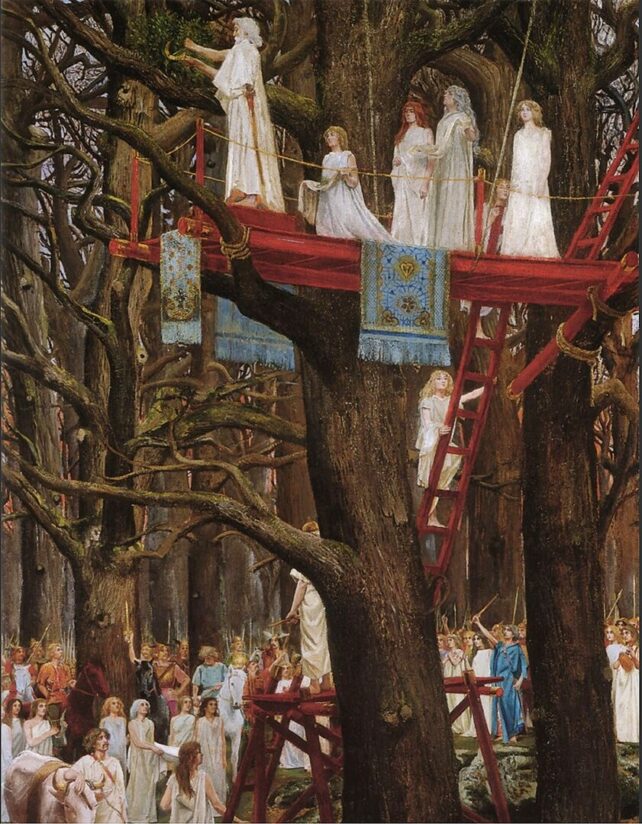Mistletoe Actually Has a Surprisingly Powerful Healing Effect


It's a cold December evening. The air is filled with laughter and carols, and homes glow with festive lights. Amid the seasonal decorations, sprigs of mistletoe hang in doorways, inviting warm exchanges of affection.
For centuries, mistletoe has symbolized love, peace and healing, becoming a cherished part of Christmas traditions. But beyond its romantic reputation, mistletoe carries a remarkable scientific story – one that offers hope in the fight against cancer.
European mistletoe (Latin name Viscum album) has been valued for over 2,000 years, especially for its medicinal benefits. Many of its uses, such as treating diabetes, pain, inflammation, irregular heartbeats and high blood pressure, were recognized in traditional medicine across Europe, Asia and Africa and are still used in some countries today.
Mistletoe is also famous as a symbol of good luck and prosperity. It was once seen as a magical plant in pagan traditions and used in rituals by Celtic druids.

Mistletoe is a source of many compounds that have been considered to possess medicinal properties. Mistletoe also contains proteins called lectins, that bind to carbohydrates on the cells and help cells to communicate with each other.
One class of lectins, galectins play a fascinating role in cancer biology. Galectins occur naturally in the human body where they regulate cell communication and the immune system. But in cancer, they often act as accomplices.
Some galectins help tumors evade immune detection, while others support cancer cells' growth and spread. These abilities make galectins a double-edged sword in health and disease.
Here's where mistletoe becomes an unexpected hero. Scientists have discovered that extracts from mistletoe can stimulate the immune system, encouraging it to recognize and destroy cancer cells.
Like an ally in a battle, they activate key immune cells to fight cancer more effectively. This immune-boosting effect is particularly valuable in cases where cancer weakens the body's defenses.
Even more remarkable is mistletoe's ability to induce apoptosis, the programmed self-destruction of cells. Cancer cells often dodge this process, which is crucial for keeping cell growth in check.
Mistletoe lectins seem to selectively target cancer cells, triggering their demise while sparing healthy tissues. This precision makes mistletoe an exciting candidate for cancer therapy against a number of targets.
In Europe, mistletoe extracts have been used for close to a century as complementary cancer treatments. What makes mistletoe especially compelling is its potential role in integrative cancer therapy.
Scientists are exploring how its extracts might work alongside emerging treatments like immunotherapy, which also aims to supercharge the body's immune response. This fusion of nature and modern science could unlock new possibilities in the fight against cancer, making mistletoe a symbol of hope in more ways than one.
As we gather under the mistletoe this Christmas season, it's worth pausing to consider its deeper meaning. Traditionally associated with love and joy, this humble plant holds the power to inspire and heal.
Its parasitic nature – drawing sustenance from its host trees – parallels its transformation into a therapeutic tool that draws strength to fight one of humanity's greatest challenges.
This Christmas, mistletoe isn't just a backdrop for romance or holiday cheer. It's a reminder of nature's quiet resilience and its ability to surprise us with gifts we never expected.
Beneath its green leaves lies a story of scientific discovery and human ingenuity, one that underscores how even the simplest traditions can connect us to something far greater – a hope for healing, renewal and life itself.
Lokesh Joshi, Stokes Professor of Glycosciences, University of Galway
This article is republished from The Conversation under a Creative Commons license. Read the original article.